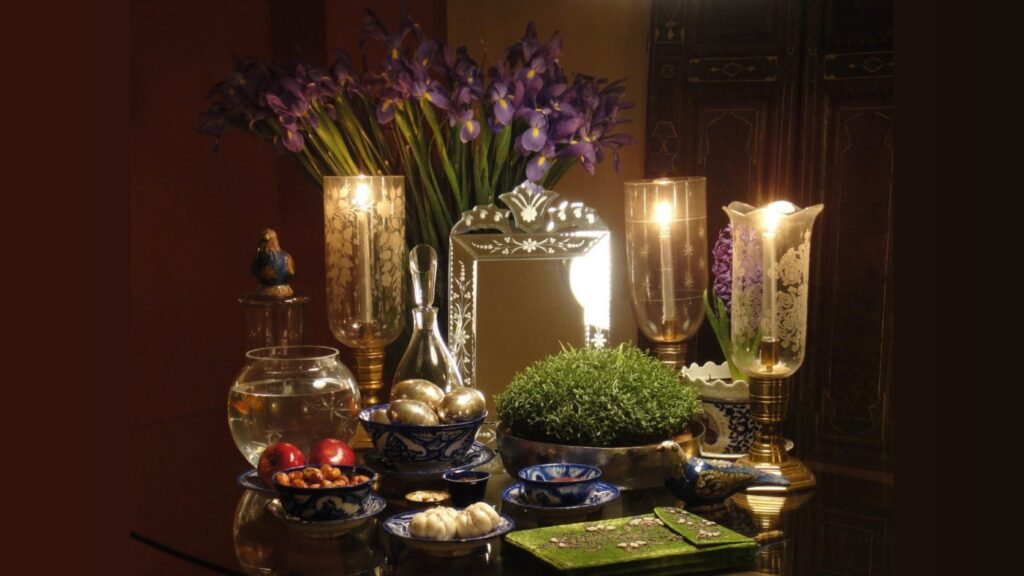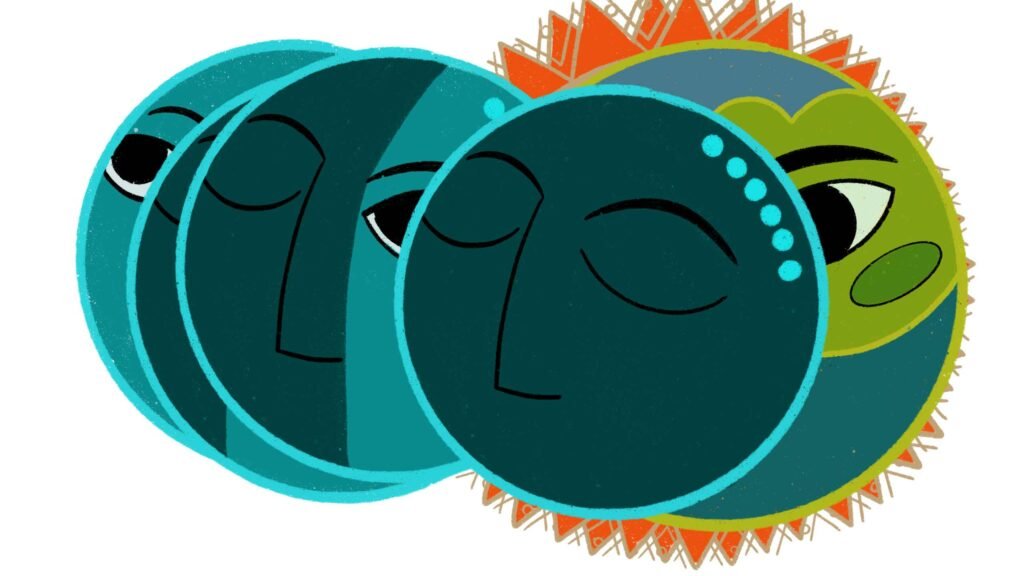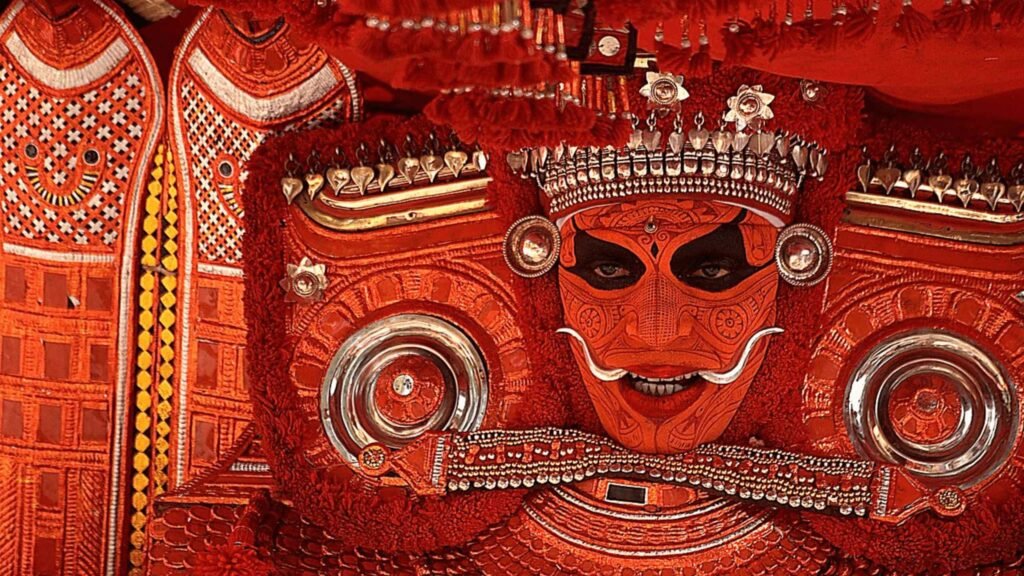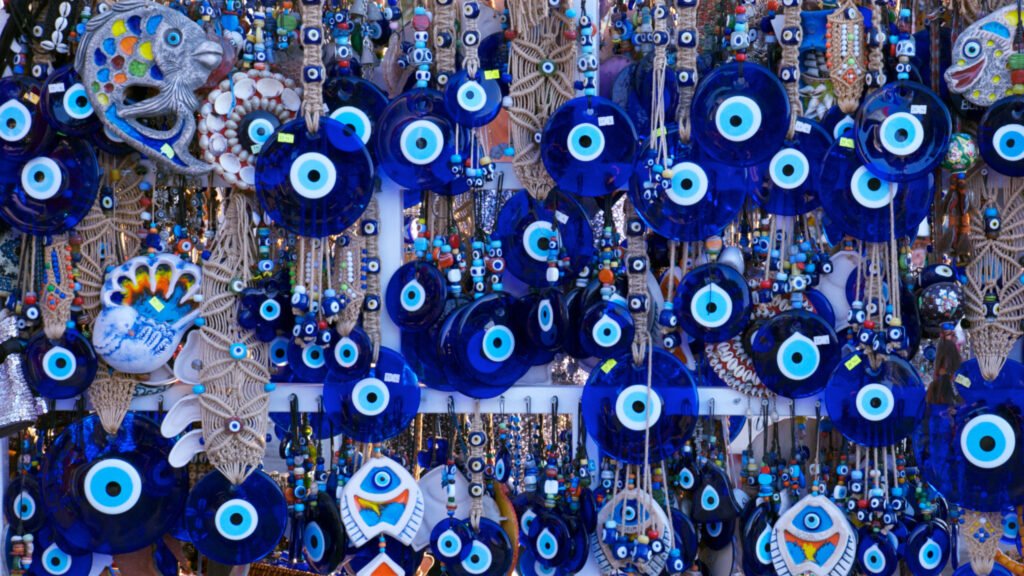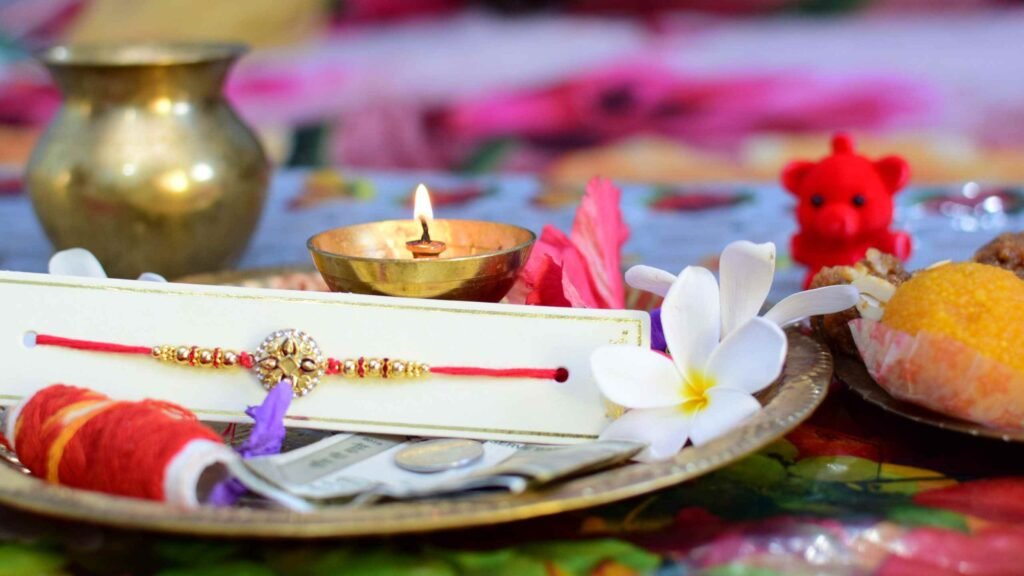If you ask an Indian to name any two festivals, it’s likely that at least one of them will be either Diwali or Dussehra. Both these festivals are widely celebrated in the country. But there are some communities that do not celebrate these festivals at all, and some even observe Diwali as a day of mourning.
Detour: But first, why IS Diwali celebrated? This short video explores the many different stories behind the ‘festival of lights’.
In north India, Dussehra and Diwali are closely linked to the Ramayana, one of the great ancient Indian epics. In the story, Ravana, the demon king of Lanka, kidnaps Sita, the wife of the prince of Ayodhya, Rama, who is an avatar of Vishnu. Rama defeats Ravana after a long, hard battle that goes on for years and years, and finally rescues Sita. While Dussehra celebrates the slaying of Ravana, Diwali celebrates Rama’s victorious return to his kingdom.
Some communities in India, though, have a very different take on Ravana: they believe that his good qualities have been underplayed, and they even quote the scriptures to back that up.
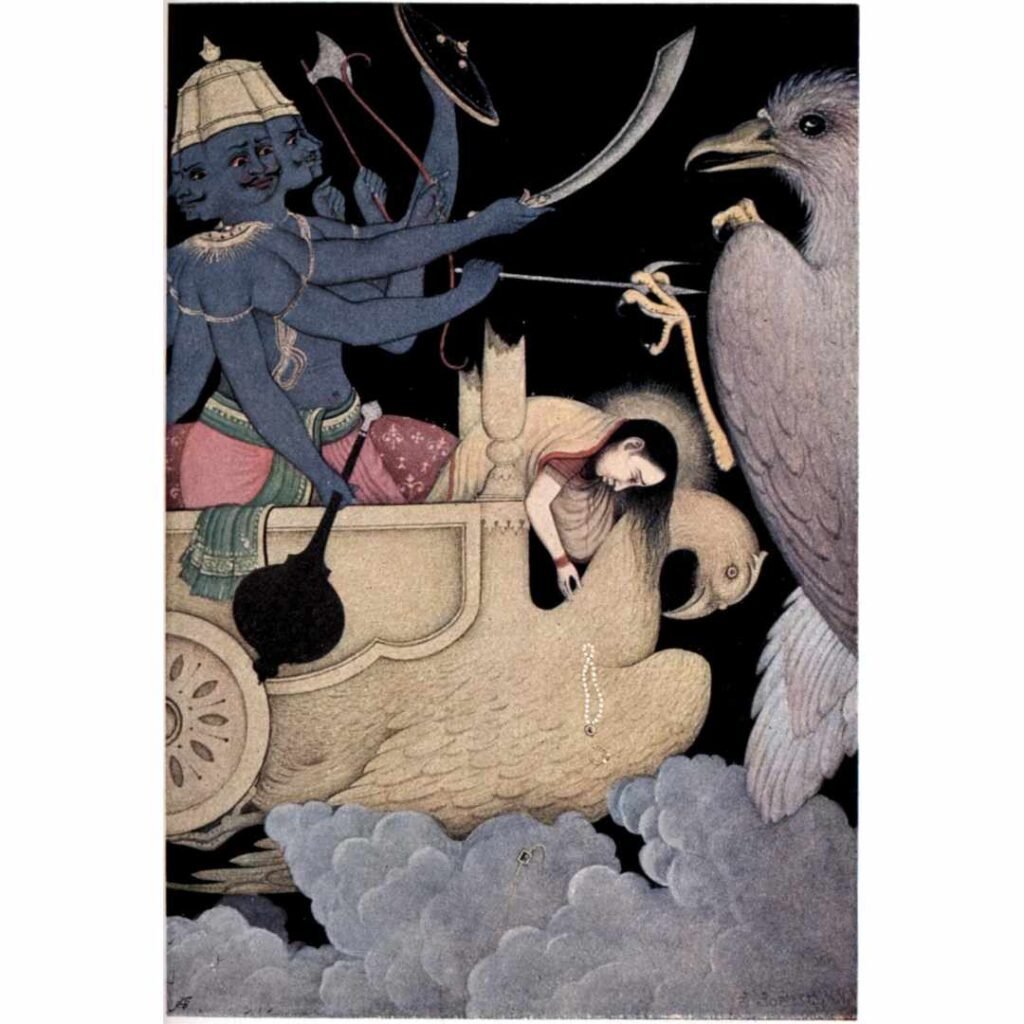
The scriptures say that Ravana was the son of the holy sage Vishrava. Ravana was an ardent devotee of Shiva. In fact, his devotion was so intense that he once chopped off his own 10 heads to obtain Shiva’s grace! And through his penance, he gained spiritual powers. So why would they celebrate festivals that vilify him, these communities ask.
The people of the village of Bishrakh, in Uttar Pradesh, believe that ‘Bishrakh’ comes from ‘Vishrava’, Ravana’s father. They say that Vishrava installed a Shiva idol in their village, and that Ravana was actually born there. That makes Ravana a true son of the soil. How can they celebrate his fall?
From the story of the son, let us move on to the story of the son-in-law. The Ramayana says Mandsaur in Madhya Pradesh is the birthplace of Mandodari, Ravana’s faithful wife who stood by him through thick and thin. As far as the people of Mandsaur are concerned, Ravana is their son-in-law! How then, can they celebrate the defeat and death of Ravana? They don’t.
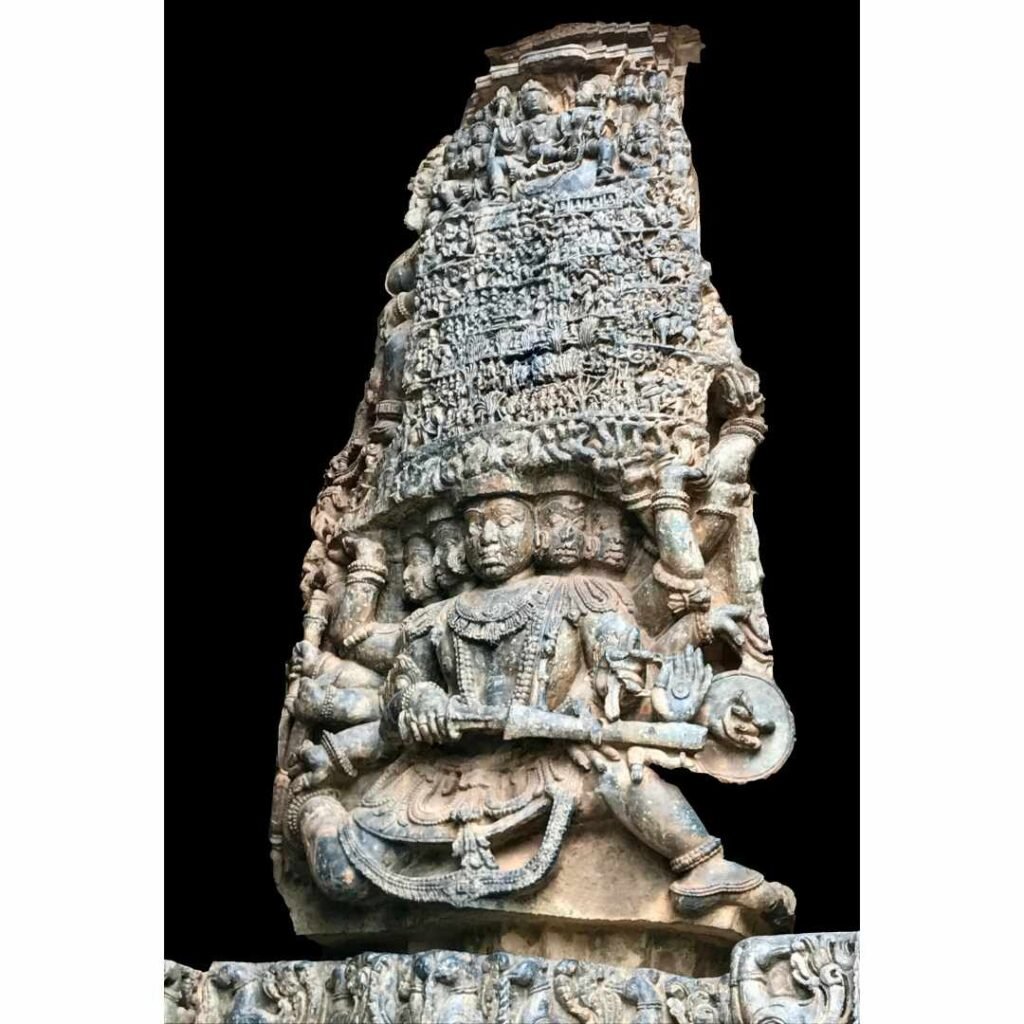
Mandore in Rajasthan ignores Diwali too. According to their lore, Ravana married Mandodari in Mandore. The local priests, the Maudgil Brahmins, believe that when Ravana arrived for his wedding, it was their ancestors who accompanied him. To them, Ravana is like a son-in-law, so they do not burn his effigy during Dussehra. Instead, they perform the shraad in his name, which is an annual ritual seeking peace for a departed soul. They believe Ravana was more good than evil; it was just poor judgment that he kidnapped Sita, and he paid the price for it. Even today, there is a shrine for Ravana in Mandore, and the locals believe that worshipping there will give them spiritual powers.
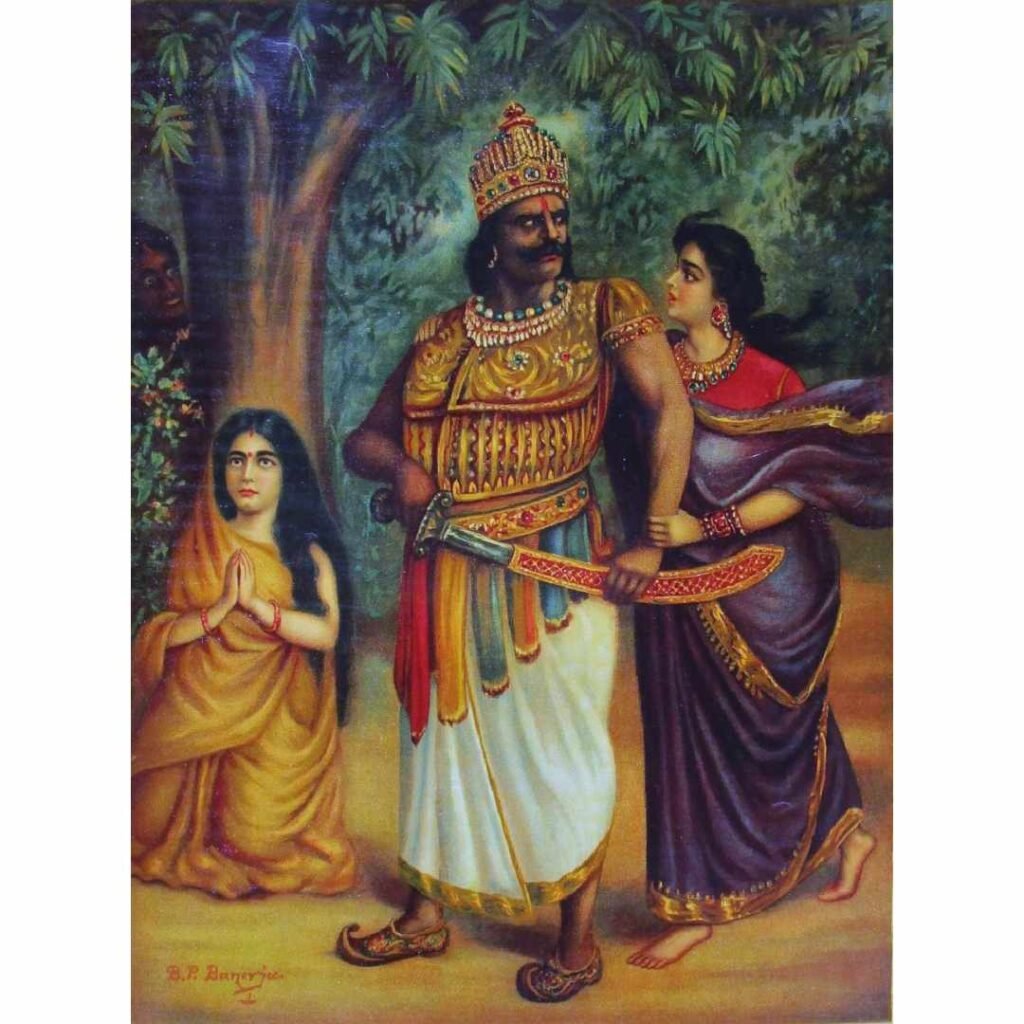
Temples to Ravana are not uncommon. The Ravangram temple in Vidisha, MP is said to have been consecrated by Kanyakubja Brahmins – the subsect to which Ravana belonged. There are Ravana temples in Kakinada (Andhra Pradesh) and Kanpur too.
The people of Baijnath village in Kangra, Uttrakhand do not worship Ravana, but respect him as a great devotee of Shiva. According to them, Ravana offered his 10 heads to Shiva while doing penance in their village, and that is where Shiva blessed him too. They see no evil in Ravana, and do not want to celebrate anything that celebrates his defeat and death. The markets are closed during Dussehra and Diwali and people do not buy sweets or fireworks. They are against the ritual burning of Ravana’s effigy during Dussehra, because they believe it will bring divine wrath on them. Folklore speaks of people who neglected this advice and suffered severe misfortune.
The Gond tribals from Gadchiroli in Maharashtra reject the scripture version of Ravana. They call it a kind of ‘media conspiracy’ theory! They call themselves ‘Ravana-vanshis’ – meaning ‘descendants of Ravana’. They worship Ravana and his son Meghnad as gods. Their story is that Ravana was a Gond king who was attacked by ‘Aryan invaders’ (probably a reference to Rama) and unjustly killed; and that the abduction of Sita never happened. They say that Valmiki, the author of the original Sanskrit Ramayana epic, did not consider Ravana evil; it was the later version by Tulsidas that painted him as evil. Unfortunately, say the Gonds, that interpretation has stuck in people’s minds.
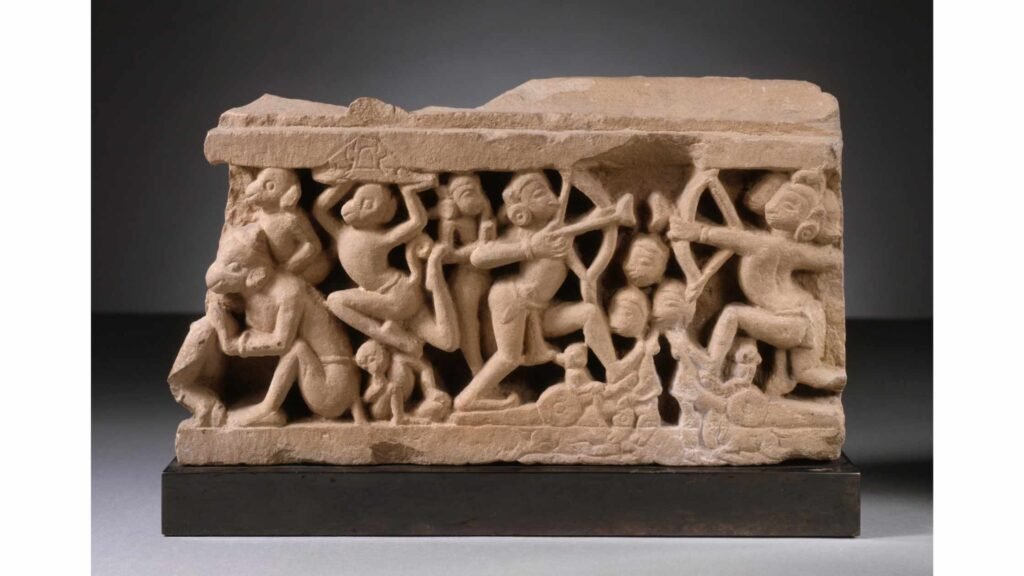
Some communities do not celebrate Diwali for historical reasons. For example, the Mandyam Iyengars (a priestly class) of Melkote in Karnataka observe Diwali as a mourning day. In the 18th century, the Mandyam Iyengars owed allegiance to the Wodeyar kings of Mysore (now Mysuru), their long-time benefactors. They worked secretly to secure an alliance with the British to help the Wodeyars fight their expansionist neighbour, Tipu Sultan. Now Tipu got wind of this deal. And on the day of Naraka Chaturdasi (Diwali), 1790, he attacked Melkote and killed at least 800 unarmed members of the community. After that, the entire community never had the heart to celebrate Diwali.
Then there are communities that do not celebrate Diwali for ecological reasons. For years, the Thoppupatti and Saampatti villages near Trichy in Tamil Nadu have stayed away from Diwali festivities, because the fireworks disturbed the bats living in the branches of their sacred banyan tree. They consider the banyan tree sacred because it is home to their village god, Muniyappa-Saamy. The rural folk near Vettangudi bird sanctuary never burst crackers during Diwali, as a consideration for migratory birds. And the forest conservation officials distribute sweets to them on behalf of the birds!

